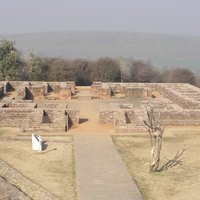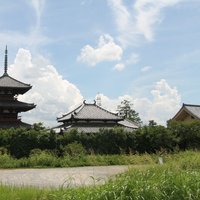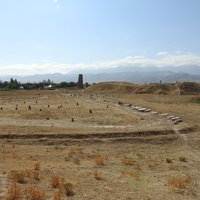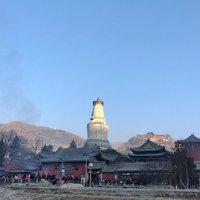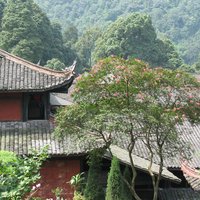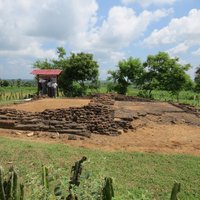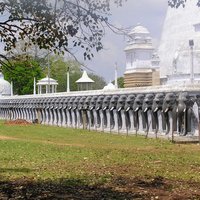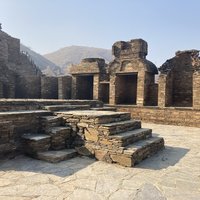Connected Sites
-
criteria vi "Sanchi is one of the oldest extant Buddhist sanctuaries. Although Buddha never visited the site during any of his former lives or during his earthly existence." (OUV)
-
criteria ii "These are the earliest Buddhist monuments in Japan, dating from shortly after the introduction of Buddhism to the country, and had a profound influence on subsequent religious architecture." (OUV)
-
Criterion vi "The Tian-shan Corridor is directly associated with Zhang Qian's diplomatic mission to the Western Regions, a milestone event in the history of human civilization and cultural interchange in the Eurasian Continent. It also reflects in a profound way the tangible impact of Buddhism into ancient China which had significant impact on cultures of East Asia." (OUV) - including Kizil Cave-Temple Complex "Kizil Cave-temple is influenced by multiple Buddhism arts from India, central Asia and northern Central Plains. It is both the model of Buddhist cave-temple in central Asia, and the intermedium between cave-temples in Indian and Northern Central Plains. It has a unique shape of cave and a distinctive style of murals, which reveals the track of how Buddhism introduced from the west regions to the east." (nom file)
-
criteria ii "The overall religious temple landscape of Mount Wutai, with its Buddhist architecture, statues and pagodas reflects a profound interchange of ideas, in terms of the way the mountain became a sacred Buddhist place, endowed with temples that reflected ideas from Nepal and Mongolia and which then influenced Buddhist temples across China." (OUV)
-
criteria ii "On Mount Emei, the importance of the link between the tangible and intangible, the natural and the cultural, is uppermost. Mount Emei is a place of historical significance as one of the four holy lands of Chinese Buddhism. Buddhism was introduced into China in the 1st century CE via the Silk Road from India to Mount Emei, and it was on Mount Emei that the first Buddhist temple in China was built." (OUV)
-
criteria iii "The Pyu Ancient Cities marked the emergence of the first historically-documented Buddhist urban civilization in Southeast Asia." criteria ii "Due to interaction between indigenous Pyu societies with Indic cultures from the 2nd century BCE, Buddhism achieved its first permanent foothold in Southeast Asia among the Pyu cities, where it was embraced by all classes of society from the ruling elite to agrarian labourers." (OUV)
-
criteria vi "The stupas enshrining the bodily relics of the Buddha since 3rd century BC. It is also the place where sacred Bodhi-tree, another object of worship and brought from India."
-
criteria iv "The Buddhist Ruins of Takht-i-Bahi and Neighbouring City Remains at Sahr-i-Bahlol in their setting, architectural form, design and construction techniques are most characteristic examples of the development of monastic and urban communities in the Gandharan region between the 1st to 7th century AD." (OUV)

